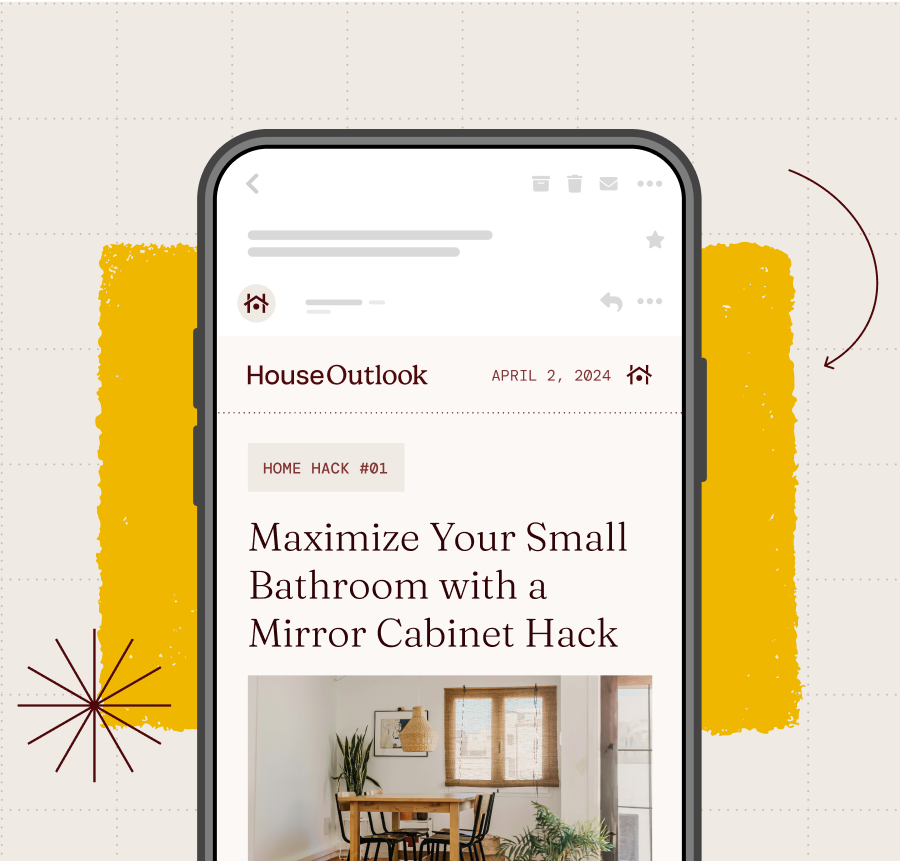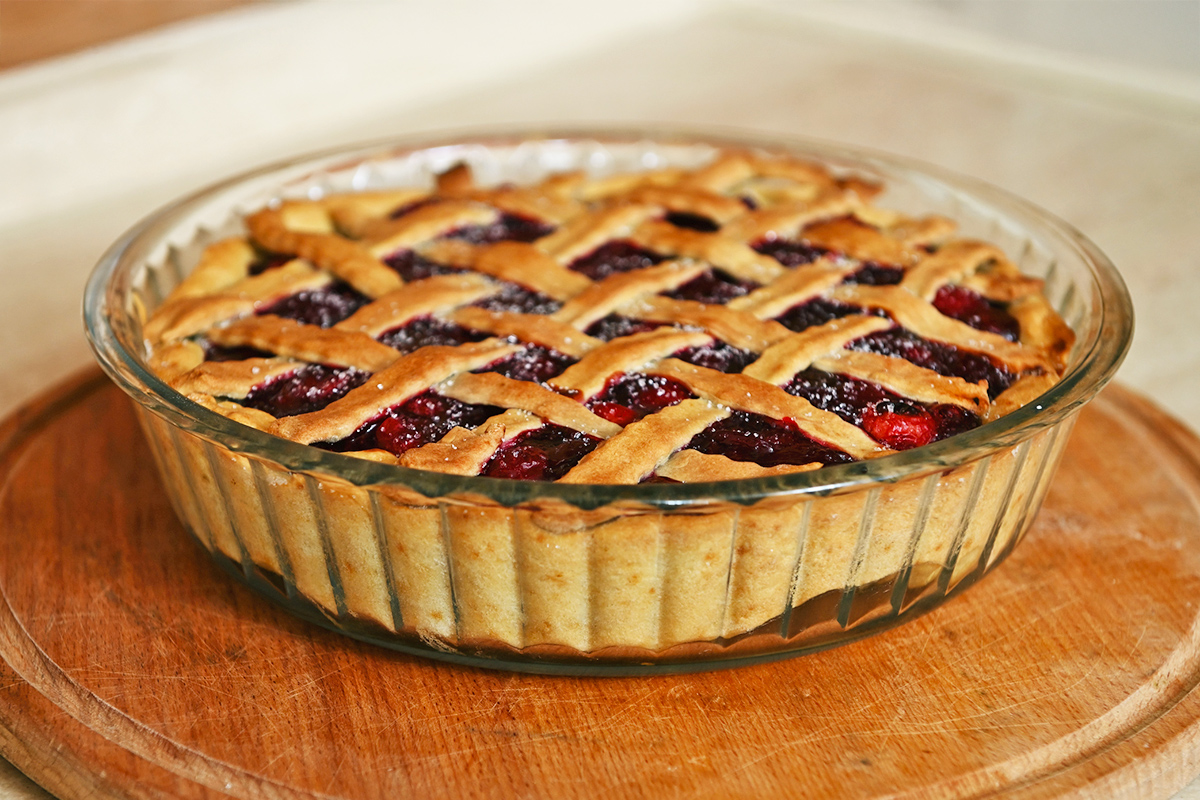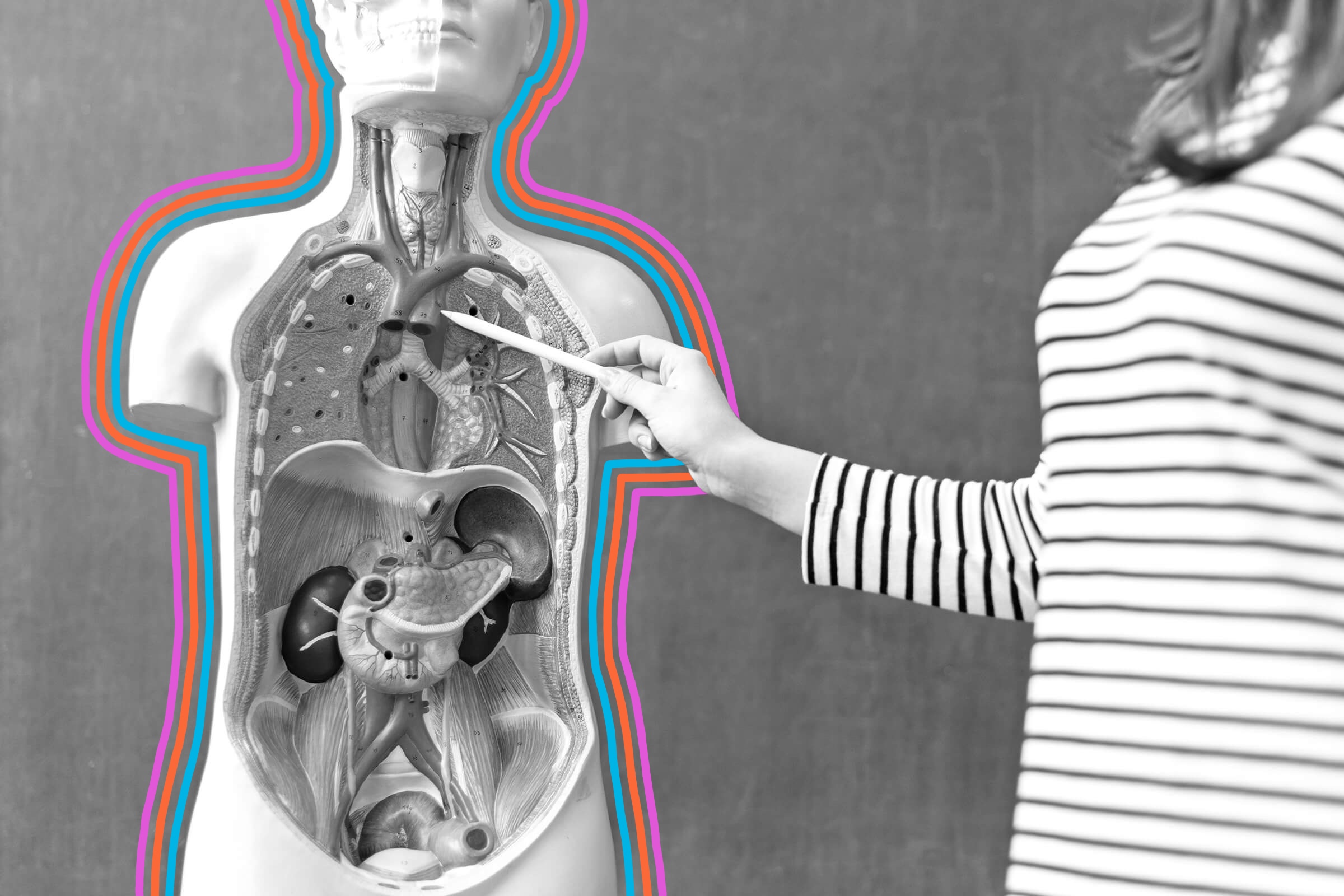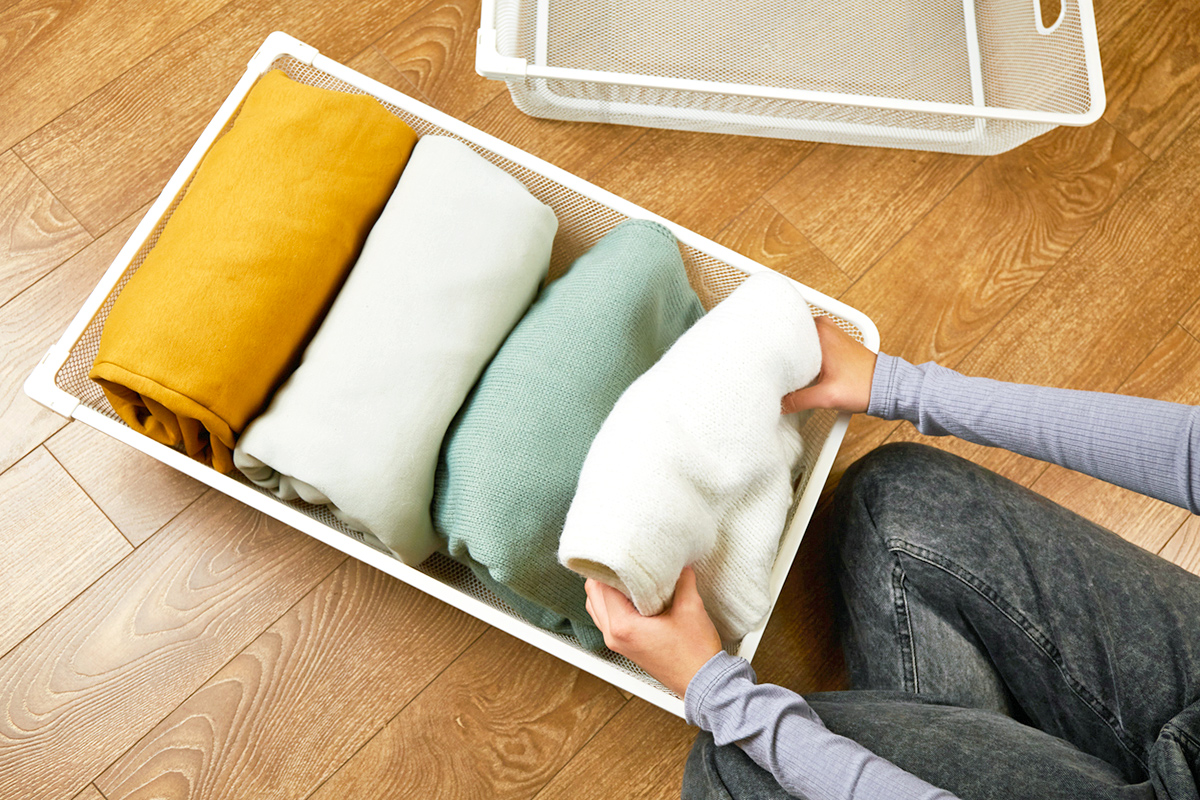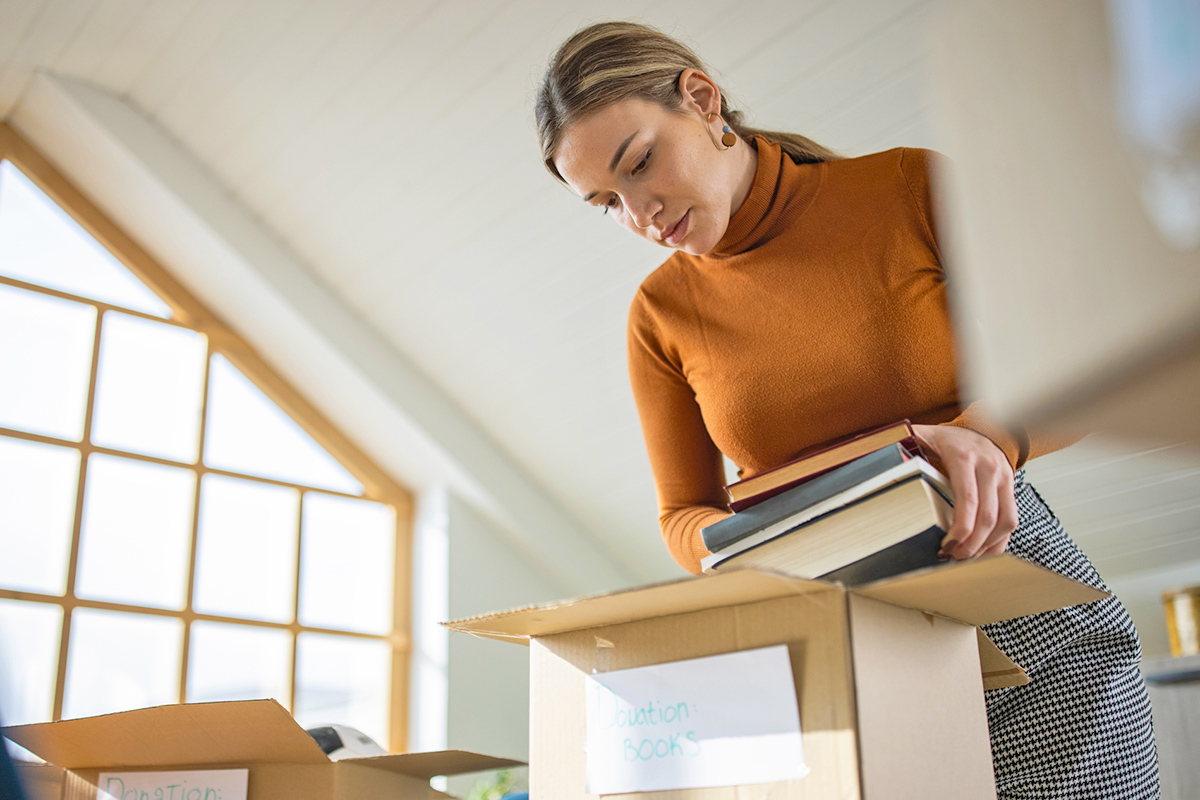There’s nothing better than a homemade pie, fresh and warm from the oven. When you get it absolutely right, homemade pie crust is tastier than anything you can buy from a store. (We won’t get into the debate of lard versus shortening versus butter pie crust.) Unfortunately, even the best bakers occasionally struggle with getting…
For Perfect Homemade Pie, Lower the Rack
There’s a perfectly good reason why the bottom crust often falls short of perfection. Most pie fillings are either wet to begin with (looking at you, pumpkin) or release juices as they cook (peach pie, berry pies, or “Mom’s apple pie”). The goal is to get your crust nicely set and crisp on bottom before those liquids have a chance to soak in, making it soggy and flabby.
To do that reliably, you’ll need to harness a quirk of how ovens work. Most ovens, on most settings, heat primarily from the bottom. While the hot air naturally circulates slowly around the oven space — making the top and bottom heat relatively evenly on the middle rack — that changes when you move the pie. If you put your pie on the bottom rack, the pastry dough is exposed to heat from a much shorter range. This means your lower crust will brown and set more quickly and won’t get soggy.
More from our network
House Outlook is part of Inbox Studio, which publishes content that uplifts, informs, and inspires.
A Few More Pointers for Better Results
You’ll usually want the top of your pie to set and brown as well, whether it’s a two-crust recipe or something like pumpkin pie, so don’t leave it on the bottom rack for the entire bake time. Instead, once the bottom crust is nicely browned (using a glass pie plate makes this easy to check), move it to the middle rack to finish baking.
For the bottom of a pie, high-fat shortcrust pastry resists sogginess better than flaky crusts do. Some bakers prepare a batch of each type in advance, divide them into portions, and freeze them for later use. That way, you can pull out separate top and bottom crusts, as needed, for your pie. If that sounds like too much work, you can also stack the deck by brushing your bottom crust with a beaten egg white and prebaking it for a couple of minutes. The egg white sets quickly, forming a protective moisture barrier.
